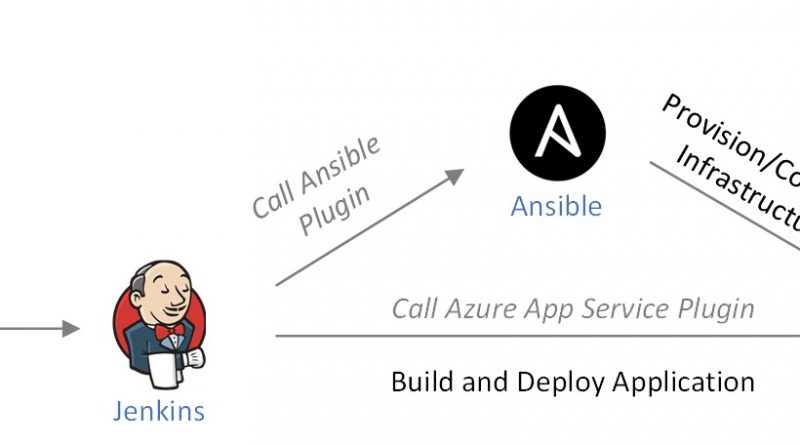Ansible 2.7: What’s new for Azure
Ansible 2.7 will be released 4 October 2018. Here I would like to share with you what are upcoming for Azure in Ansible 2.7. In total, 21 new Azure modules were added. In 2.7 you now have the ability to natively automate the deployment and configuration of below Azure resources.
Azure Web Apps: Create and configure your Azure Web Apps hosting web applications, REST APIs, and mobile backends using Ansible.
Azure Traffic Manager: Create and configure Azure Traffic Manager to distribute traffic optimally to services across global Azure regions using Ansible.
- azure_rm_trafficmanagerendpoint
- azure_rm_trafficmanagerendpoint_facts
- azure_rm_trafficmanagerprofile
- azure_rm_trafficmanagerprofile_facts
Azure Database: Create and configure an Azure Database for SQL/MySQL/PostgreSQL server using Ansible.
- azure_rm_mysqldatabase_facts
- azure_rm_mysqlserver_facts
- azure_rm_postgresqldatabase_facts
- azure_rm_postgresqlserver_facts
- azure_rm_sqlfirewallrule
Azure Route: Create and configure your own routes to override Azure's default routing using Ansible.
Azure Applicate Gateway: Create and configure an Azure Application Gateway to manage web traffic using Ansible.
Azure Autoscale: Create and configure Azure autoscale to help applications perform their best when demand changes using Ansible.
Additional facts module for VM and ACR: Get information about virtual machines or Azure container registry for further configuration using Ansible.
Automate Azure Web Apps using Ansible and Jenkins
Azure App Service Web Apps (or just Web Apps) is a service for hosting web applications, REST APIs, and mobile backends. With Ansible 2.7 and Jenkins, you could enjoy seamless CI/CD experience for Azure Web Apps. In below workflow, Jenkin is used to building and deploy, and Ansible is called to handle provisioning. For more details and a tutorial, read Automate Infrastructure and Deployment on Azure using Jenkins and Ansible.
Manage web traffic with an Azure application gateway using Ansible
With Ansible 2.7, you could create an Azure Application Gateway, a web traffic load balancer that enables you to manage traffic to your web applications. In below workflow, an Azure application gateway is set up to manage web traffic of backend pool that uses two azure container instances. You can find further details and a tutorial at Manage web traffic with an Azure application gateway using Ansible.
I’m excited about the progress we’re making for Ansible on Azure. Please visit the Ansible on Azure developer hub for more information.
On upcoming AnsibleFest 2018, we will deliver two sessions and demonstrate Ansible integration with Azure. Welcome join us and drop by the Azure Ansible booth, see a demo, or chat with us about your automation requirement in the cloud.
Source: Azure Blog Feed


